The judgment of Paris
1705-1710 approximately
Oil on canvas, cm 47 x 36,5
Girolamo Maria Pesci (Rome, 1679 - 1759), a figure distinguished by the extraordinary ability to reconcile classicist rigor with the grace and lightness of the nascente Rococò, left a significant imprint in the artistic panorama of the eighteenth century Lazio. Born in Rome, Pesci took his first steps into the workshop of the famous Carlo Maratta, from whom he learned the solid principles of drawing and a deep knowledge of classical art. However, his artistic sensibility soon led him to detach himself from the pure Marattian classicism, under the fascination of the style of Francesco Trevisani. From Trevisani, Pesci acquired that "lightness, expressive delicacy and sharp pictorialism" that would characterize much of his production. This combination of the firmness of the design marattiano and the coloristic softness trevisanesca allowed him to develop a personal language, elegant and refined, which gathered many consents in Rome of the eighteenth century. His activity was mainly focused on religious and private commissions. He executed numerous altarpieces for churches in various locations, including Rome, Filettino, Zagarolo, Turin and Bassano. Among his most significant works are the Immaculate Conception with Saint Augustine and Saint John the Evangelist for the church of Santa Maria delle Grazie in Zagarolo, and several works also sent abroad, such as a Madonna for Oxford and a Callisto’s Bath for Wilton in England. In addition to works of a sacred nature, Pesci also dedicated himself to mythological and allegorical subjects, often destined for private collections, among which we recall, among others, a Diana and Acteon signed and dated 1738.













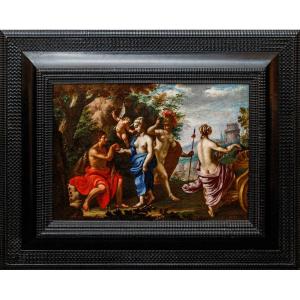












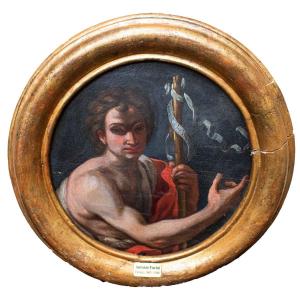


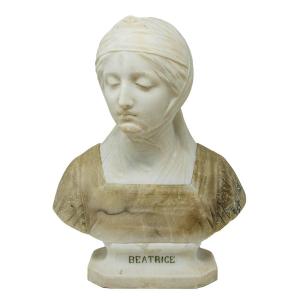

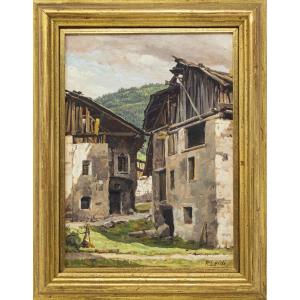


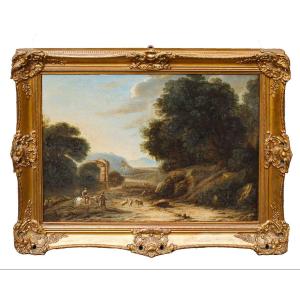







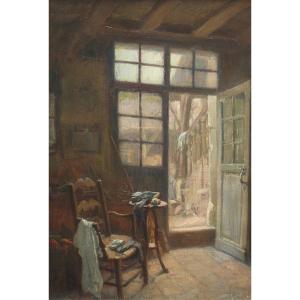

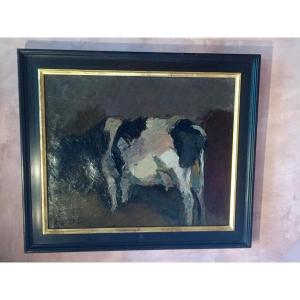



 Le Magazine de PROANTIC
Le Magazine de PROANTIC TRÉSORS Magazine
TRÉSORS Magazine Rivista Artiquariato
Rivista Artiquariato